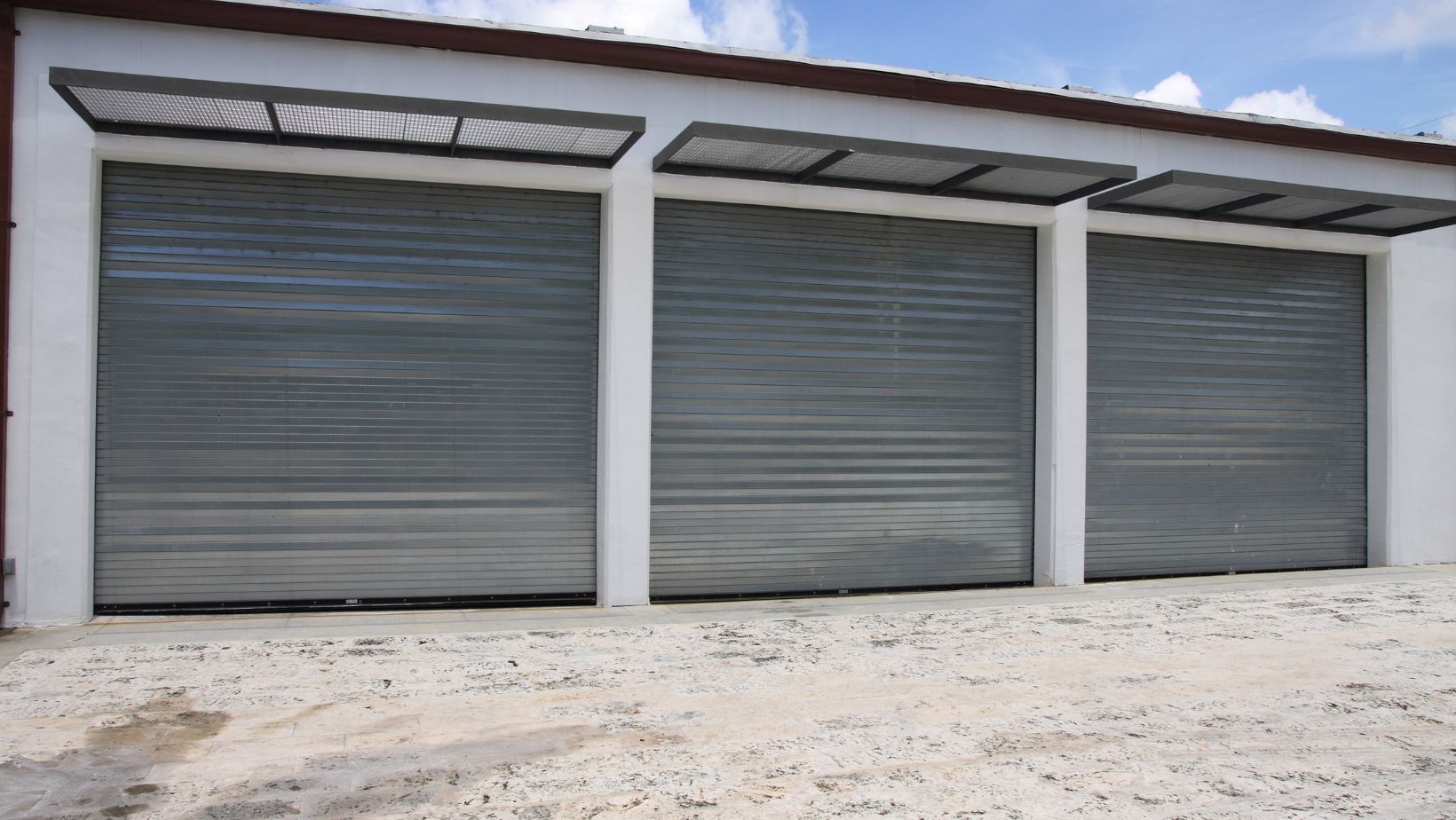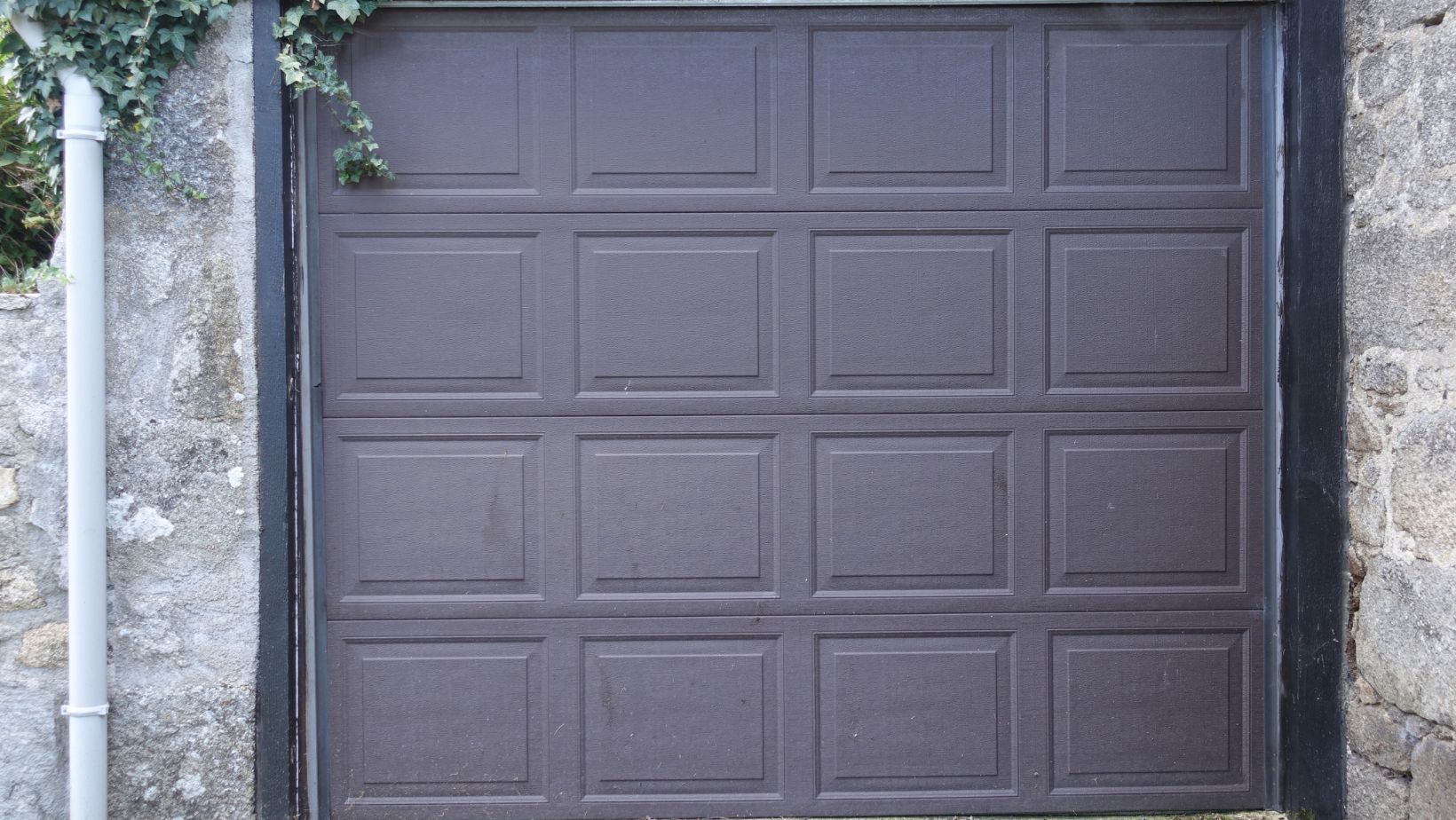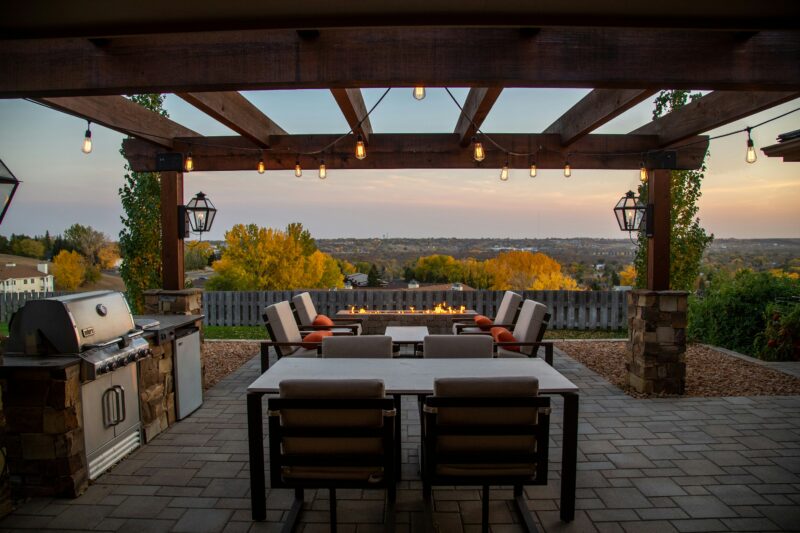
With climate patterns increasingly becoming difficult to predict, the demand for resilient infrastructure has never been more essential, and overhead doors are no exception. Cutting-edge engineering is transforming how these important entry points withstand nature’s extremes.
Through precision engineering, advanced materials, and smart technology, today’s overhead doors are created to endure the worst weather conditions and perform at maximum levels for decades. Below are three technologies setting new standards in durability and reliability.
Advanced Materials and Reinforced Structural Design
The development of weather-resistant overhead doors requires innovative materials and precise engineering approaches. Modern overhead door designs feature strong alloys and composites alongside reinforced framing systems to replace the vulnerable performance of traditional door materials.
For example, industrial-strength doors with wind resistance capabilities that reach 175 mph protect properties located in areas with frequent hurricanes and extreme storms. These doors utilize galvanized steel frames with impact-resistant glazing that preserves structural integrity after encountering flying debris.
In addition to strong materials, custom solutions feature flexible designs that distribute stress evenly across the door’s surface. This minimizes points of weakness where wind uplift or water intrusion can compromise performance. Edge metal systems, initially designed for the roofing industry, were modified to strengthen door perimeters to keep the wind from peeling seals back or bending frames.
Through the integration of these newer materials and design methods, current overhead doors balance flexibility and stiffness and can absorb impacts without warping or cracking. These make them perfect for locations that get hailstorms, flying debris, or other harsh weather conditions.
Smart Technology for Real-Time Monitoring and Adaptive Performance
In addition to physical durability, smart technology is also changing how overhead doors respond to severe weather. Advanced systems utilize traffic-sensing and pattern-recognition technologies to optimize door performance during storms. Sensors can detect rising wind speeds and lock the door into a strengthened position remotely, reducing the risk of forced entry by gusts. This preventative strategy avoids harm and prolongs the door’s durability by reducing wear in harsh conditions.

Home automation integration takes it one step further. Through mobile apps, homeowners may be notified in real time about seal integrity or mechanical stress, enabling timely interventions before small issues become large ones. Predictive maintenance features look back at previous performance to forecast upcoming failures, such as hinge wear or motor wear, after prolonged exposure to high winds.
These technologies lead to repairs being made preemptively, avoiding disastrous breakdowns. For businesses or homeowners in Santa Rosa, where weather extremes are common, scheduling overhead door repair Santa Rosa services based on these insights can prevent minor issues from escalating into costly replacements.
Weather-Resistant Sealing Systems and Thermal Efficiency
Door sealing systems dictate whether a door can withstand water, ice, and temperature extremes. Bulb seals and double-flap designs of multi-layer water stripping in modern overhead doors create sealed barriers even under pressure. T-shaped and J-shaped seals fit irregular surfaces by compressing closely on the floor to block snowmelt and rainwater. These seals are usually combined with threshold systems installed directly on the garage door, acting as a secondary flood barrier, a necessary upgrade for sloping driveways approaching the door.
Thermal efficiency is also a prime concern. Insulated doors with polyurethane foam cores or triple-pane glass regulate indoor temperatures and prevent condensation, a primary source of rust and corrosion in wet climates. Fiberglass composites do not warp with temperature changes, maintaining seals over time. Brush seals with elastic bristles fill gaps caused by moving frames, a common issue in freeze-thaw cycles. All these elements combine to make doors effective at waterproofing and energy conservation, attributes that are increasingly prioritized in green building certifications.
Endnote
The evolution of overhead doors shows how engineering innovation can turn ordinary structures into powerful tools for resilience and efficiency.

By leveraging high-tech materials, smart technology, and weather-resilient designs, modern systems now offer homeowners and businesses unparalleled protection, energy efficiency, and peace of mind.
From shielding properties from the elements to contributing to sustainability efforts, overhead doors today demonstrate that even the most functional aspects of a home can make a lasting statement. As weather changes grow more extreme, the combination of durable design and smart technology will continue to push the envelope of what these critical structures can endure.












